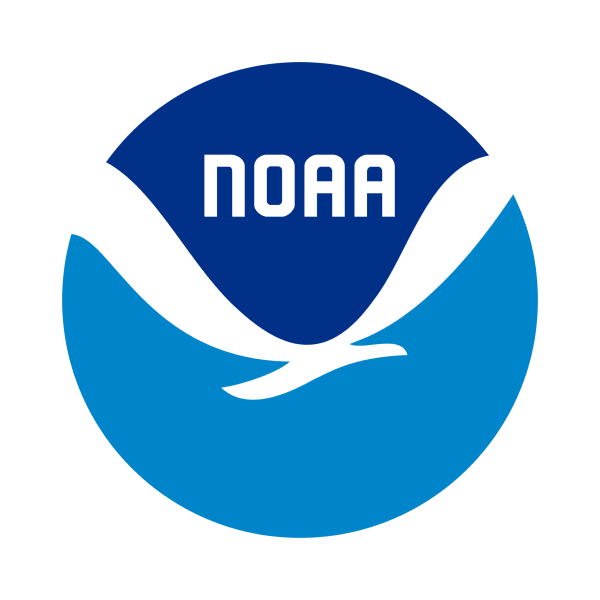
Tropical storms and other severe weather, flooding, or geophysical events often mobilize and deposit large volumes of man-made debris. Much of this debris is often deposited in intertidal wetlands and other coastal environments. This document is intended to assist a wide spectrum of agencies and entities, including the National Oceanic and Atmospheric Administration, other federal and state agencies, or other organizations that may be faced with planning a post-event intertidal debris response or removal action. This document describes current Best Management Practices (BMPs) for removal of large debris such as vessels, storage tanks, and construction debris from sensitive wetland and intertidal habitats. The BMPs presented herein were compiled from those generated during recent emergency responses and similar events.
A wide variety of regulatory, permitting and consultation requirements may apply, depending upon event type, funding source, project location, scope, and duration. It is not possible to address each unique potential combination of requirements, but this document presents starting points for permitting and consultation planning. These BMPs represent an overview of generic best management practices to ensure removal is conducted in a way that avoids and minimizes adverse impacts to the affected habitats and resources. Adherence to these BMPs may also assist in conducting removal that is in compliance with the National Environmental Policy Act (NEPA) and relevant permitting and consultation requirements, if these are applicable.
 An official website of the United States government.
An official website of the United States government. 